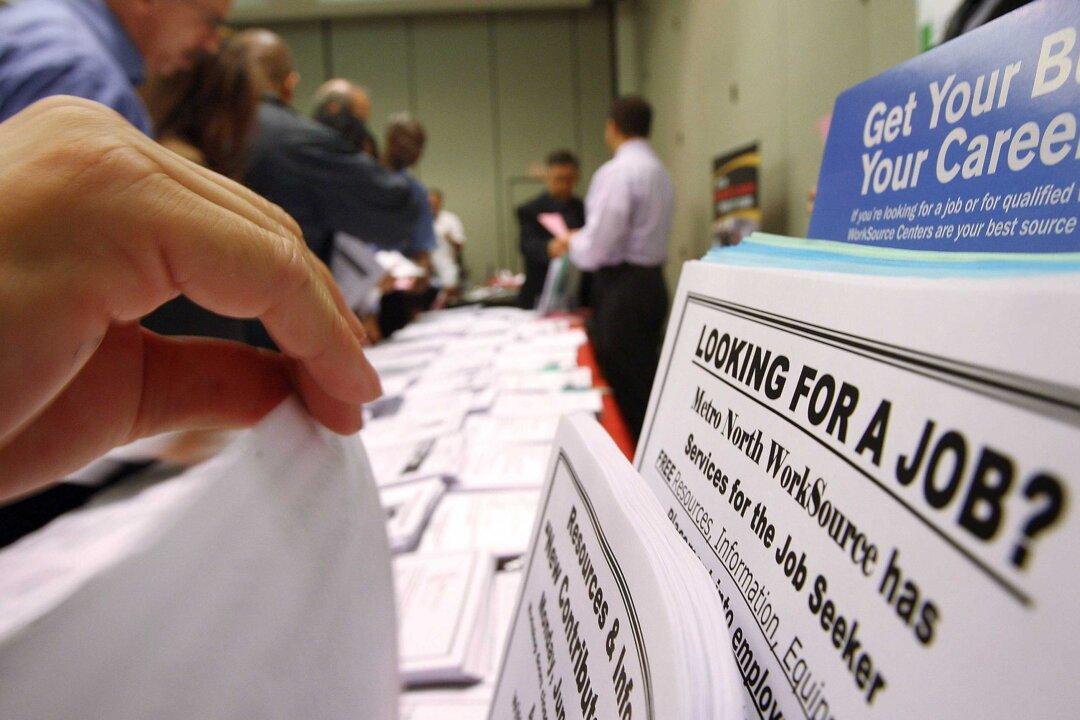Americans filing continued unemployment claims rose to their highest level in five months, while initial jobless claims fell to their lowest level since June, according to the Labor Department on Sept, 1.
Continuing claims, which run a week behind jobless claims data, rose to 1.44 million on Aug. 20, up 26,000 from the previous week, to levels not seen since April.





